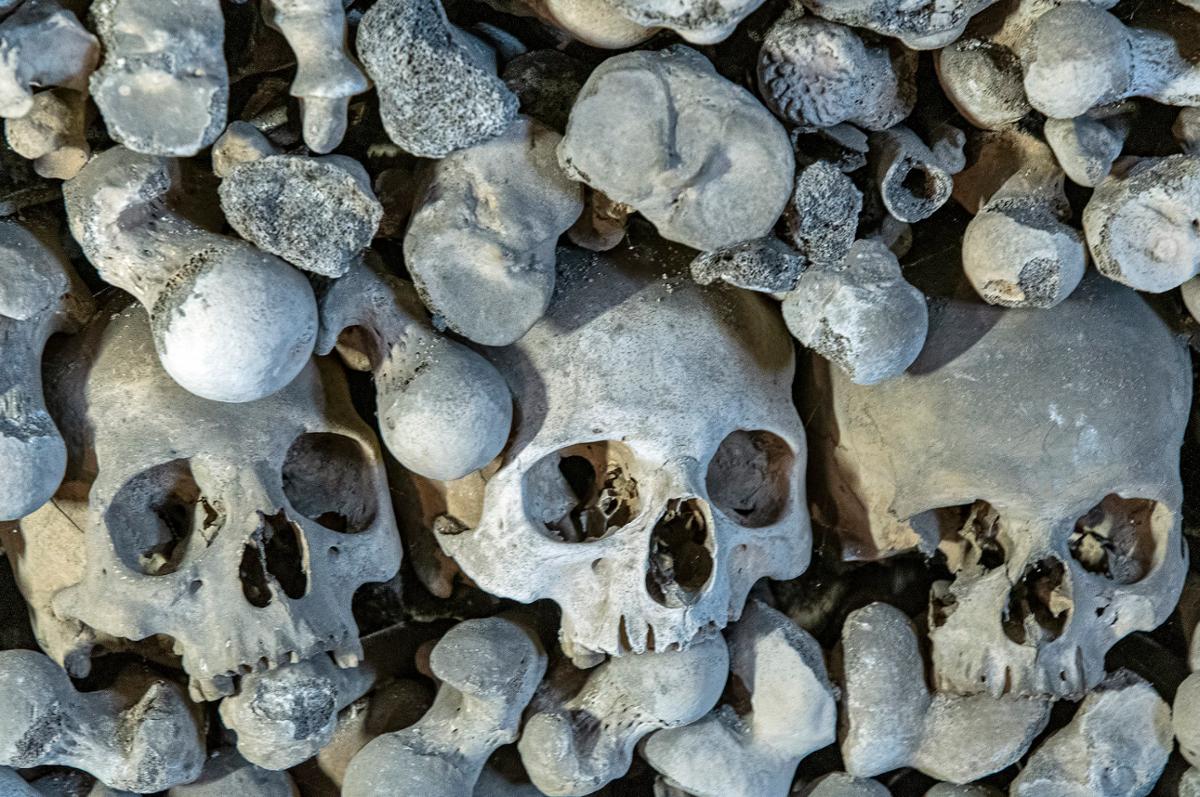D: Yaël, without bones, we’d just be piles of goo, and without teeth we couldn’t eat solid food.
Y: Right Don, that’s why we are lucky that living things evolved the ability to form internal mineral deposits by the process of biomineralization. Our bodies use this process to make teeth and bones, and it’s even vital to creatures that don’t have bones. Clams and snails need it to make shells, and coral polyps use it to make vast reefs.
D: Animal hard parts, such as bones, teeth, and shells are important to paleontologists because they are the parts that usually fossilize. And that must mean that scientists can trace biomineralization into the past.
Y: They can. The fossil record shows that animals with hard body parts first became abundant six hundred million years ago. But in 2017 a team of researchers reported evidence from a rock formation in Canada that complex cells were making minerals even earlier, about eight hundred million years ago. The fossils were minuscule armored plates that surrounded single cells, so tiny that the researchers needed an electron microscope to study them.
D: But Yaël, doesn’t simple cellular life, such as bacteria, go back a lot further?
Y: Yes, and bacteria and other simple cells have biomineralization abilities too. Some make magnetite to sense magnetic fields, and there is fossil evidence that they already had this ability one point nine billion years ago. Magnetite biomineralization in bacteria is controlled by genes and there is some evidence that the biomineralization abilities of complex cells evolved from those of simpler ancestors.
D: So, that may be how the precursors of bones and teeth got their start.










